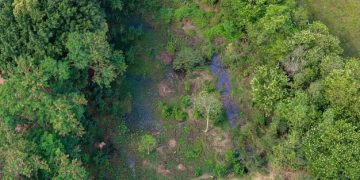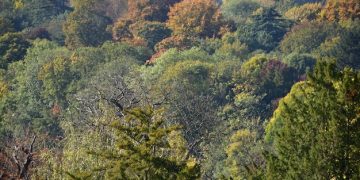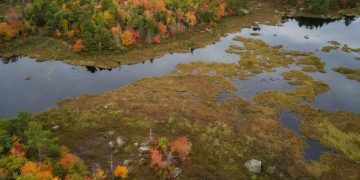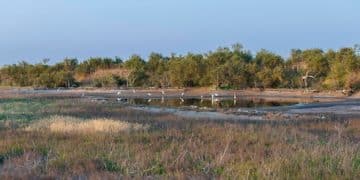Time-Sensitive: Join the National Wildlife Refuge System Volunteer Program
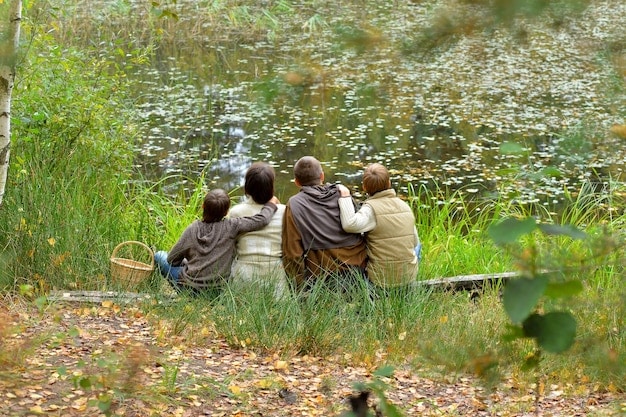
The National Wildlife Refuge System Volunteer Program offers time-sensitive opportunities for individuals to contribute to wildlife conservation, habitat restoration, and visitor engagement within the United States.
Are you passionate about wildlife conservation and looking for a meaningful way to contribute? The **Time-Sensitive: Participate in the Annual National Wildlife Refuge System Volunteer Program** offers incredible opportunities to get involved in protecting America’s precious natural resources. This program provides a platform for individuals to make a tangible difference in wildlife conservation efforts across the United States.
Discover the National Wildlife Refuge System Volunteer Program
The National Wildlife Refuge System, managed by the U.S. Fish and Wildlife Service, encompasses a vast network of protected lands and waters dedicated to conserving wildlife and their habitats. The volunteer program is integral to the system’s success, providing vital support for various conservation and public engagement initiatives.
Volunteering within the National Wildlife Refuge System isn’t just about giving back; it’s an immersive experience that connects you directly with nature and allows you to gain invaluable skills and knowledge about wildlife conservation.
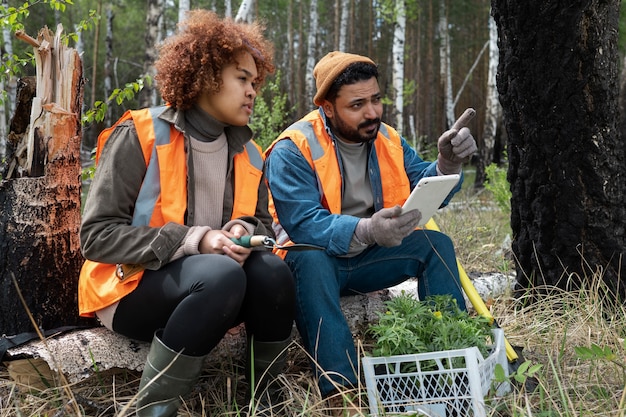
Why Volunteer with the National Wildlife Refuge System?
Participating in the National Wildlife Refuge System Volunteer Program offers many benefits, ranging from personal enrichment to contributing to crucial conservation efforts. The program is designed to engage individuals of all ages and backgrounds, fostering a sense of stewardship for our natural world.
Making a Real Difference
Volunteers play a crucial role in habitat restoration, wildlife monitoring, and environmental education. Your efforts directly contribute to the health and sustainability of the refuge ecosystems.
Gaining New Skills and Knowledge
Whether you’re interested in bird identification, invasive species removal, or interpretive programming, the volunteer program offers hands-on training and opportunities to learn from experienced professionals.
- Contribute to the preservation of endangered species.
- Participate in habitat restoration projects that enhance biodiversity.
- Engage with the public and share your passion for wildlife conservation.
- Enhance your resume with valuable conservation experience.
In essence, volunteering provides an avenue for personal growth while supporting critical conservation initiatives.
Diverse Opportunities within the Program
The National Wildlife Refuge System Volunteer Program boasts a wide array of opportunities to match diverse interests and skill sets. From hands-on fieldwork to community outreach and education, there’s a role for everyone.
Habitat Restoration
Engage in projects aimed at restoring and enhancing natural habitats, such as planting native vegetation, removing invasive species, and improving water quality.
Wildlife Monitoring
Assist biologists in monitoring wildlife populations, collecting data on species distribution, and tracking the health of refuge ecosystems.
Visitor Services and Education
Interact with visitors, provide information about the refuge, lead guided tours, and assist with educational programs to promote environmental awareness.
Volunteers are essential for delivering engaging visitor experiences and promoting the importance of wildlife conservation.
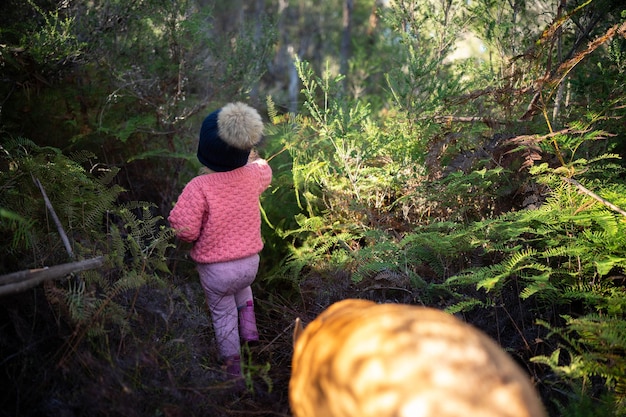
Time-Sensitive Projects and Initiatives
Many volunteer opportunities are time-sensitive, aligning with specific seasons or conservation needs. These projects often involve immediate action to address pressing environmental challenges.
Seasonal Bird Surveys
Participate in bird migration counts, breeding bird surveys, and winter waterfowl counts to monitor bird populations and inform conservation strategies.
Invasive Species Control
Join efforts to remove invasive plants and animals that threaten native ecosystems, protecting the balance of the refuge habitats.
Coastal Cleanup Events
Help clean up shorelines and waterways, removing debris and plastic pollution that harm wildlife and degrade water quality.
These time-sensitive initiatives require swift action and dedicated volunteers to achieve meaningful conservation outcomes.
How to Get Involved: Application Process
Getting involved in the National Wildlife Refuge System Volunteer Program is a straightforward process. By visiting the U.S. Fish and Wildlife Service website, prospective volunteers can explore opportunities across various refuge locations.
Explore Available Opportunities
Browse the U.S. Fish and Wildlife Service volunteer portal to find refuge locations and projects that align with your interests and skills.
Submit an Application
Complete the online application form, providing details about your background, availability, and conservation interests. Be sure to highlight any specific experiences or skills that could benefit the refuge.
Attend an Orientation
Once your application is approved, attend an orientation session to learn about refuge policies, safety protocols, and specific project requirements.
The application process is designed to match volunteers with the right opportunities, ensuring a positive and productive experience.
Preparing for Your Volunteer Experience
To make the most of your volunteer experience, preparation is key. Understanding what to expect and packing accordingly can enhance your comfort and effectiveness in the field.
Essential Gear
Depending on the project, appropriate attire may include sturdy hiking boots, long pants, a hat, sunscreen, and insect repellent. Be sure to check the specific requirements for your volunteer assignment.
Safety Considerations
Familiarize yourself with safety guidelines and potential hazards in the refuge environment, such as wildlife encounters, weather conditions, and terrain challenges.
Respecting Wildlife
Maintain a safe distance from wildlife, avoid disturbing nesting areas, and follow ethical guidelines for responsible wildlife viewing and photography.
Proper preparation ensures a safe, enjoyable, and impactful volunteer experience.
Success Stories: Volunteer Impact
The National Wildlife Refuge System Volunteer Program is filled with inspiring success stories, showcasing the incredible impact volunteers have on conservation efforts. These stories demonstrate the power of community engagement and the difference individuals can make.
Habitat Restoration Triumphs
Volunteers have played a vital role in restoring thousands of acres of degraded habitat, creating thriving ecosystems that support diverse wildlife populations.
Rescuing Endangered Species
Volunteers have assisted in rescuing and rehabilitating endangered species, providing vital care and support to ensure their survival.
Inspiring Future Conservationists
Volunteers have educated and inspired countless individuals, fostering a new generation of conservation leaders and environmental stewards.
These success stories underscore the transformative impact of volunteerism within the National Wildlife Refuge System.
| Key Point | Brief Description |
|---|---|
| 🤝 Diverse Opportunities | Varied roles in habitat, wildlife, and education. |
| 🌱 Restoration Efforts | Plant native species and remove invasives. |
| 🦉 Wildlife Monitoring | Track populations and ecosystem health. |
| 📚 Education & Outreach | Inform the public on conservation. |
Frequently Asked Questions
▼
The program offers diverse activities, including habitat restoration, wildlife monitoring, visitor services, and environmental education. There’s something for everyone interested in contributing.
▼
You can apply through the U.S. Fish and Wildlife Service website by browsing opportunities and completing the online application form. Ensure you provide relevant details.
▼
Time commitments vary by project. Some opportunities require a few hours per week, while others may involve longer-term commitments. Check the project details.
▼
Essential items include sturdy hiking boots, long pants, a hat, sunscreen, and insect repellent. Project-specific gear requirements will be communicated beforehand to volunteers.
▼
The program welcomes volunteers of all ages. Minors may require parental consent or supervision, depending on the nature of the activity and specific refuge policies.
Conclusion
Participating in the National Wildlife Refuge System Volunteer Program offers a unique opportunity to contribute to wildlife conservation, connect with nature, and make a lasting impact on our planet. The time-sensitive nature of many volunteer projects underscores the urgency of these efforts, inviting individuals to act now and support the preservation of America’s natural heritage.


